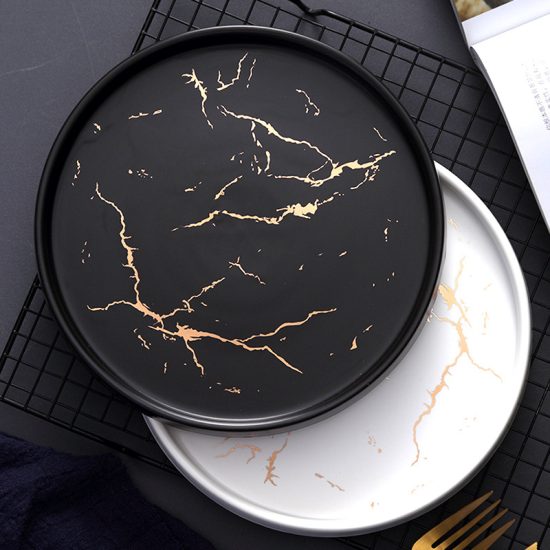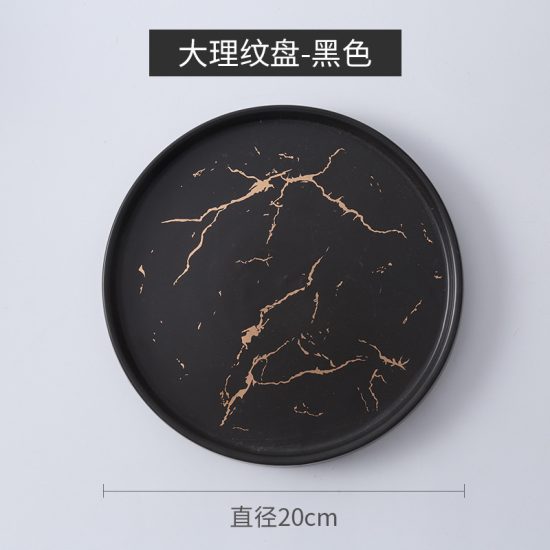A journey through tea cultures reveals a fascinating array of teapots, each reflecting the unique traditions, aesthetics, and rituals associated with tea in different parts of the world. Let’s explore some teapot styles from various tea cultures:
- Chinese Gongfu Cha Teapots: Gongfu Cha, meaning “tea with skill,” is a traditional Chinese tea ceremony. Yixing teapots, made from clay found in the Yixing region of China, are commonly used in Gongfu Cha. These teapots are known for their porous nature, which absorbs and enhances the flavor of tea over time. They often feature simple, elegant designs and are typically small in size to accommodate the concentrated brewing style of Gongfu Cha.
- Japanese Kyusu Teapots: In Japan, the kyusu is a popular teapot used for brewing Japanese green teas, such as sencha and gyokuro. Kyusu teapots are usually made of clay or porcelain and are characterized by their side handle and built-in mesh filter, which allows for efficient tea leaf infusion. The design of kyusu teapots varies, from rustic and earthy styles to modern and minimalist aesthetics.
- Moroccan Tea Glasses and Teapots: In Morocco, tea occupies a significant cultural role. Traditional Moroccan tea preparation involves steeping green tea with fresh mint leaves and serving it in small, ornate tea glasses. Moroccan teapots, known as “berrad,” are often made of brass or silver, with a long curved spout for pouring tea into the glasses. These teapots feature intricate patterns and are valued for their beauty and craftsmanship.
- Indian Chai Teapots: In India, chai is a beloved spiced tea consumed throughout the country. Traditional Indian chai is prepared by boiling tea leaves, milk, and spices together. The teapots used for brewing chai are typically stainless steel or aluminum and have a wide base and a long handle. These teapots are designed for stovetop use and often feature a spout with a fine filter to strain the tea as it is poured.
- British Teapots: Tea holds a special place in British culture, and the teapot is an essential part of the traditional British afternoon tea. British teapots are typically made of ceramic or porcelain and are known for their elegant and timeless designs. They often feature a large handle and a spout for smooth pouring. Classic British teapots are associated with quintessential shapes like the Brown Betty, known for its rounded form and excellent heat retention.
- Turkish Tea Pots: Turkish tea, known as “çay,” is a popular drink in Turkey, and Turkish tea pots play a vital role in its preparation. Turkish teapots, called “çaydanlık,” are unique because they consist of two stacked kettles. The lower kettle holds boiling water, while the upper kettle contains strong black tea. The tea is brewed in the upper kettle, and then hot water is added from the lower kettle to dilute it to the desired strength.
- Russian Samovar Teapots: The samovar is a traditional Russian tea brewing device that combines a teapot and a hot water dispenser. It consists of a metal container with a central chimney to hold burning coals or charcoal, providing a heat source. The teapot sits on top of the samovar, where tea concentrate is brewed. The brewed tea is then diluted with hot water from the samovar’s tap. Samovars are often elaborately decorated and hold cultural significance in Russian tea traditions.
These examples represent just a glimpse into the rich tapestry of tea cultures and their associated teapots. Exploring the diverse teapot designs and techniques


